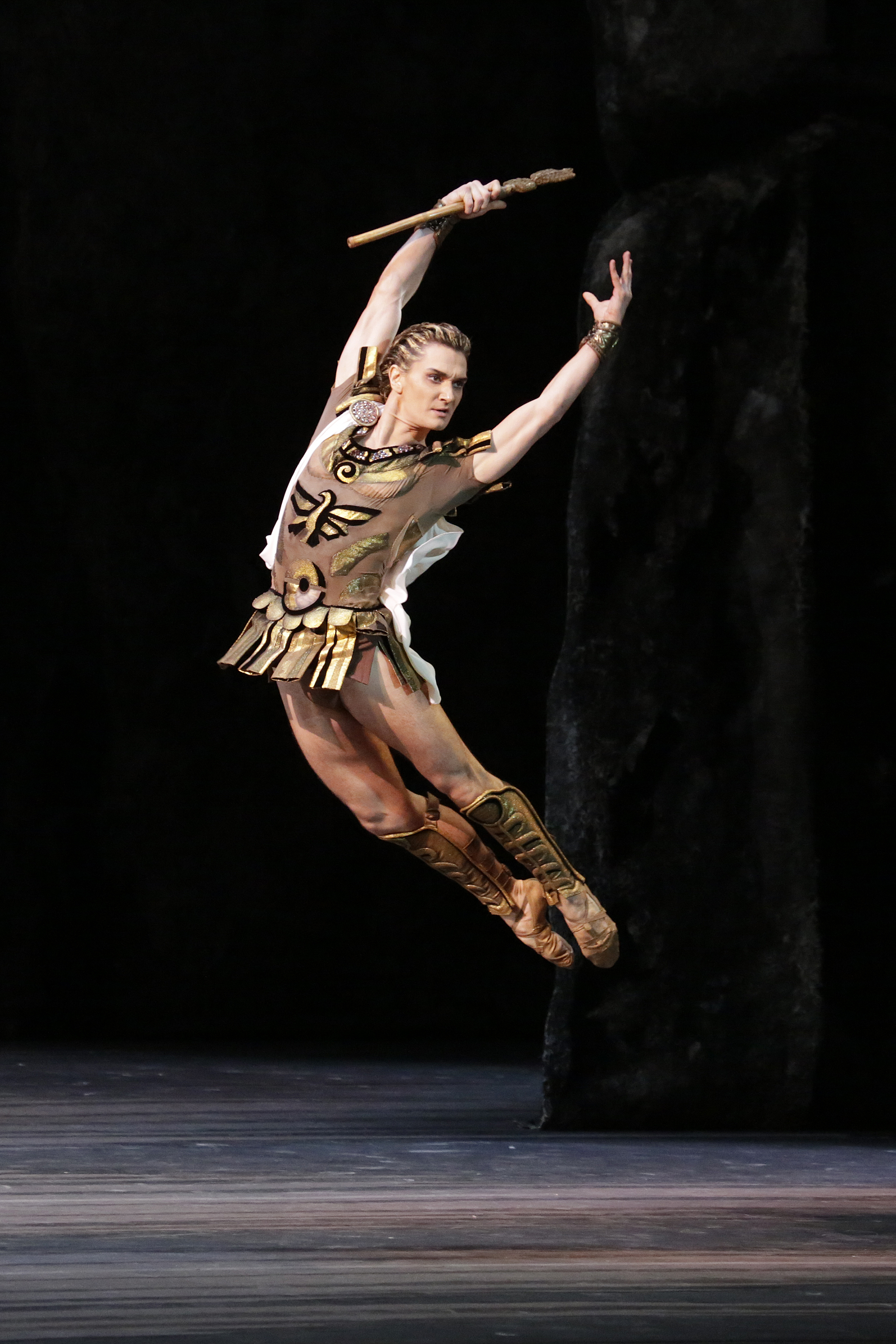 Yuri Grigorovich has become more than just an icon in the Moscow ballet scene. He’s a living legend who commands respect from the entire world of ballet for his long choreographic and artistic career. His venerable productions include undeniable masterpieces that have not only remained in the repertoire of the Bolshoi Theatre for decades, but been adopted worldwide and even used as sources of inspiration for other creators as well. Two of his first works, The Stone Flower and Legend of Love, are still routinely danced at the Mariinsky Theatre, while the latter is also performed at the Stanislavsky.
Yuri Grigorovich has become more than just an icon in the Moscow ballet scene. He’s a living legend who commands respect from the entire world of ballet for his long choreographic and artistic career. His venerable productions include undeniable masterpieces that have not only remained in the repertoire of the Bolshoi Theatre for decades, but been adopted worldwide and even used as sources of inspiration for other creators as well. Two of his first works, The Stone Flower and Legend of Love, are still routinely danced at the Mariinsky Theatre, while the latter is also performed at the Stanislavsky.
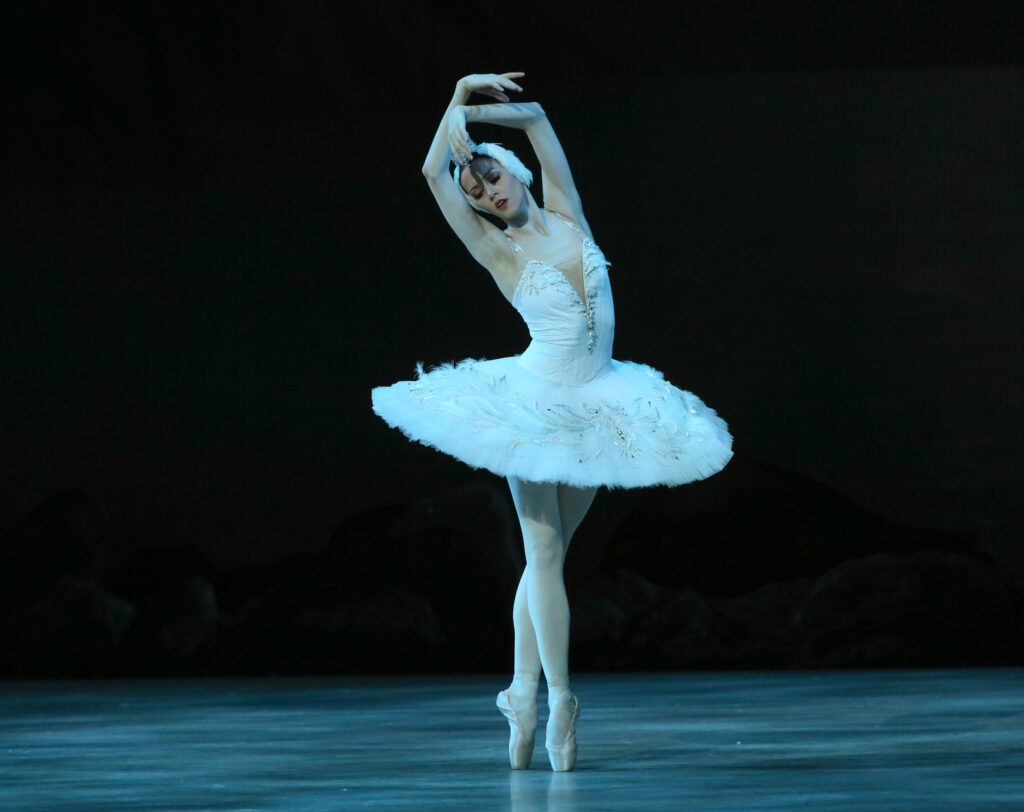 Just four years ago, I first interviewed Nadezhda Batoeva for Dance Europe magazine. At the time, she was a promising young new addition to the Mariinsky Theatre, just five years into her employment with the troupe, who explained the challenges in entering and training at the Vaganova Academy.
Just four years ago, I first interviewed Nadezhda Batoeva for Dance Europe magazine. At the time, she was a promising young new addition to the Mariinsky Theatre, just five years into her employment with the troupe, who explained the challenges in entering and training at the Vaganova Academy.
Coming from a family of mechanical engineers, Batoeva’s background was far from the world of ballet and at first, it wasn’t easy. “Only in the last 3 years [of study at the Academy] was I given a more favoured position in class and allowed to stand in the centre of the barre (an honoured position for the best students),” she said in that interview.
And yet, now a first soloist with the troupe, just one rank away from principal dancer, one would never have guessed that the young ballerina had had earlier struggles. On 21 March she debuted as Odette-Odile in Swan Lake, the acid test in Russia for any classical ballerina. In the reliable hands of Xander Parish as her Prince Siegfried, Batoeva made her mark with a fresh interpretation of this traditional role.
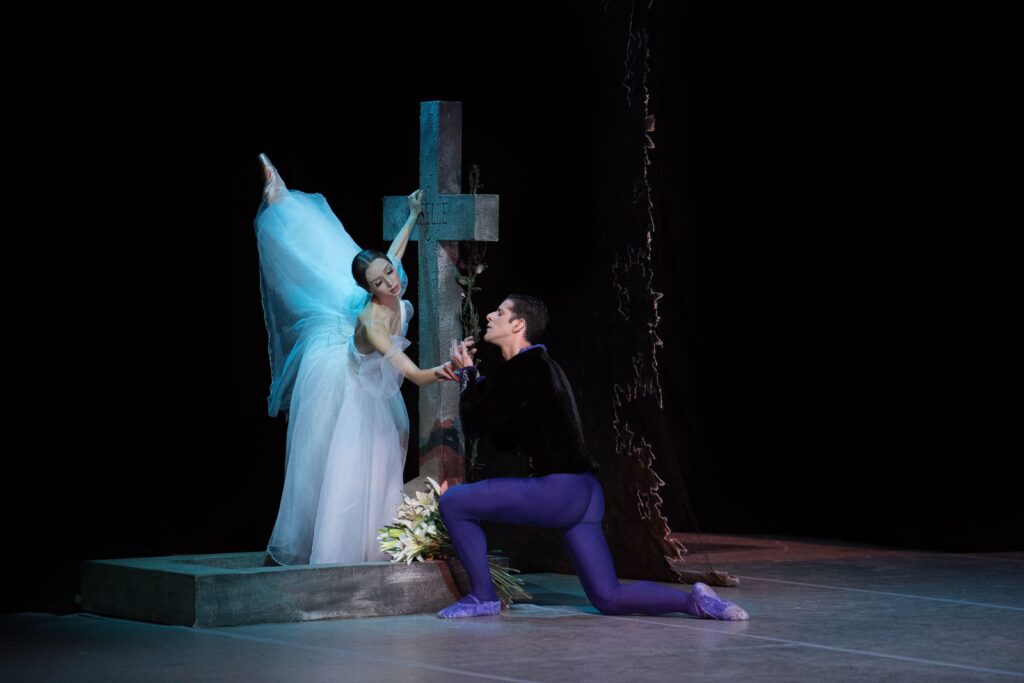 The inclusion of guest stars, such as those from the Bolshoi, during the Mariinsky Theatre’s Petipa festival in March was no doubt done to underscore the historical weight of Marius Petipa’s contributions to ballet. One such star was Marcelo Gomes who performed with American Ballet Theatre for 20 years, and previously participated in the Mariinsky’s annual ballet festival both as a dancer and as a choreographer. Gomes, a veteran principal dancer who hails from Brazil and is perhaps best known for being Diana Vishneva’s constant partner during her ABT contract, is also a blossoming choreographer in his own right (he just set a new work with the Washington Ballet) but on stage he’s known for his solid technique and strong acting skills, traits he brought to Petersburg for this landmark appearance.
The inclusion of guest stars, such as those from the Bolshoi, during the Mariinsky Theatre’s Petipa festival in March was no doubt done to underscore the historical weight of Marius Petipa’s contributions to ballet. One such star was Marcelo Gomes who performed with American Ballet Theatre for 20 years, and previously participated in the Mariinsky’s annual ballet festival both as a dancer and as a choreographer. Gomes, a veteran principal dancer who hails from Brazil and is perhaps best known for being Diana Vishneva’s constant partner during her ABT contract, is also a blossoming choreographer in his own right (he just set a new work with the Washington Ballet) but on stage he’s known for his solid technique and strong acting skills, traits he brought to Petersburg for this landmark appearance.
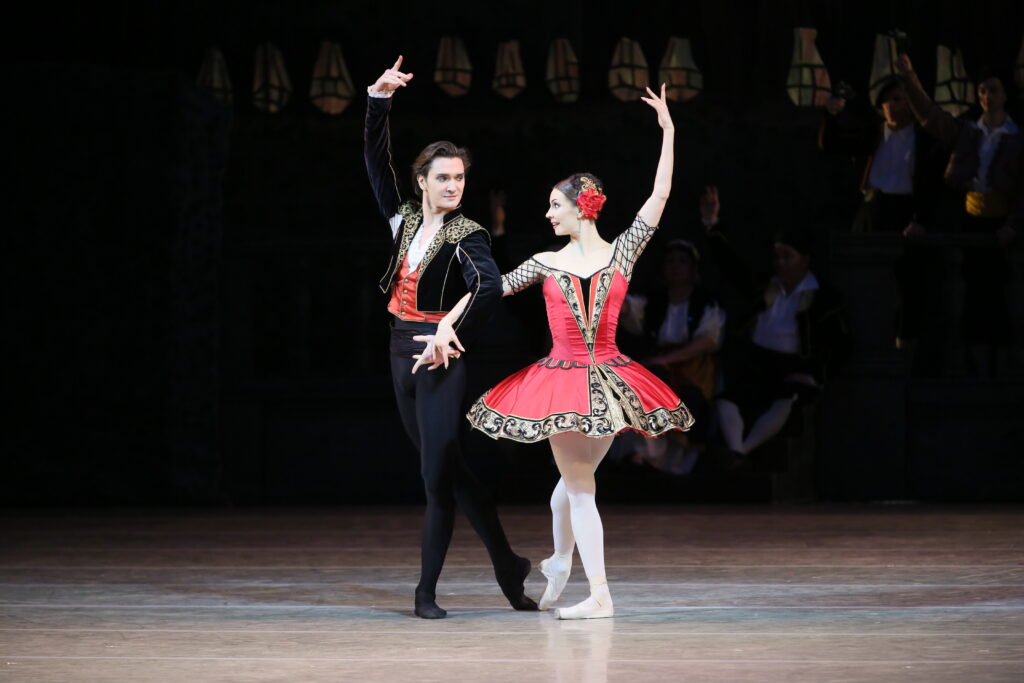 Though hailing from France, Marius Petipa, who would have turned 200 years old on March 11, made a name for himself in Saint Petersburg, at the then “Bolshoi Kamenniy”, now Mariinsky Theatre, where he served as balletmaster for 34 years and where the bulk of his ballets premiered. In this “Year of Petipa”, the house that the great choreographer called home replaced their annual international ballet festival with a hybrid version focusing on Petipa ballets. Rampant with Sleeping Beauties at the start, the festival moved on to include guest artists from Moscow and New York, and even a debut in Swan Lake.
Though hailing from France, Marius Petipa, who would have turned 200 years old on March 11, made a name for himself in Saint Petersburg, at the then “Bolshoi Kamenniy”, now Mariinsky Theatre, where he served as balletmaster for 34 years and where the bulk of his ballets premiered. In this “Year of Petipa”, the house that the great choreographer called home replaced their annual international ballet festival with a hybrid version focusing on Petipa ballets. Rampant with Sleeping Beauties at the start, the festival moved on to include guest artists from Moscow and New York, and even a debut in Swan Lake.
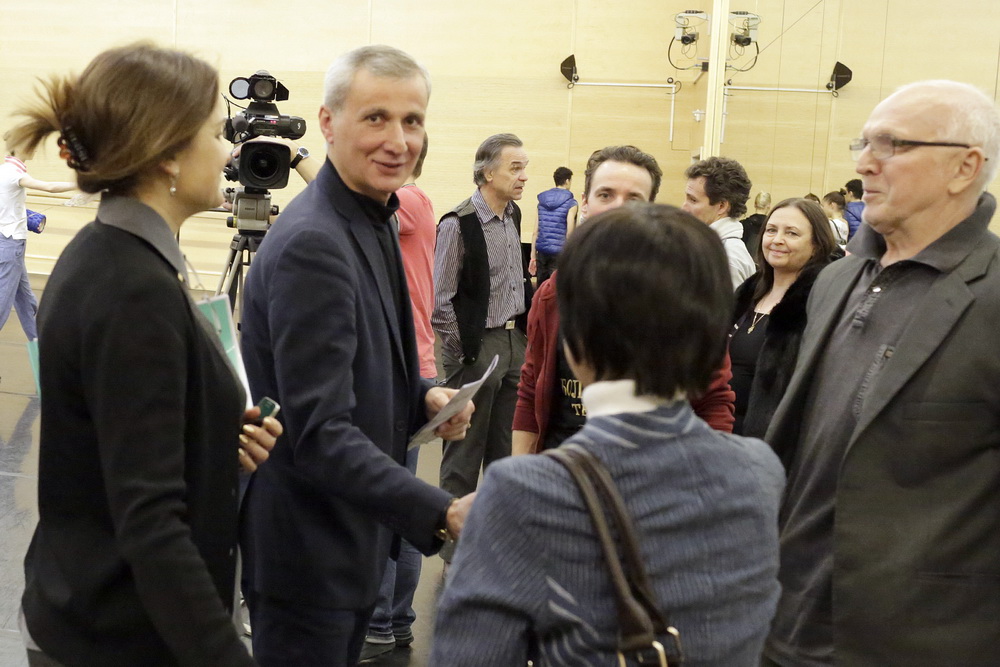 In touching base with Makhar Vasiev of the Bolshoi Ballet last week, the discussion turned to the topic of stage space, in particular, the lack of it in the Bolshoi’s two theatres. As many know, the new stage was built for use during the reconstruction of the historical stage. But as Vasiev points out, they’re not the same size. “The main stage has 1680 seats. The new one, about 830.” These are low numbers indeed when compared to the world’s leading theatres. “In Paris, the Opera Garnier holds 1800 people and the Bastille has 2700 seats. So on a given day, they are selling 4500 tickets,” Vasiev explained.
In touching base with Makhar Vasiev of the Bolshoi Ballet last week, the discussion turned to the topic of stage space, in particular, the lack of it in the Bolshoi’s two theatres. As many know, the new stage was built for use during the reconstruction of the historical stage. But as Vasiev points out, they’re not the same size. “The main stage has 1680 seats. The new one, about 830.” These are low numbers indeed when compared to the world’s leading theatres. “In Paris, the Opera Garnier holds 1800 people and the Bastille has 2700 seats. So on a given day, they are selling 4500 tickets,” Vasiev explained.
The month of February brought a myriad of events in Moscow and beyond for balletgoers. Here are some of the highlights:
– On 9 February, Artemy Belyakov reprised the role of Crassus in Spartacus at the Bolshoi.
–Former Bolshoi Star, now freelancer Prima Maria Alexandrova debuted in Alexei Miroschnichenko’s Cinderella in the city of Perm.
– On 21 February, the Mariinsky held an evening in honour of Alla Shelest. Ekaterina Kondaurova opened the evening with the White Adagio from Swan Lake. That was followed by Ekaterina Osmolkina with Vladimir Shklyarov in the duet from Legend of Love. The list of guests performing divertiseements included Vladislav Lantratov and Maria Alexandrova in the Grand pas from Don Quixote among others. The bill from the evening is here: https://www.mariinsky.ru/playbill/playbill/2019/2/…
–The Perm Ballet Theatre travelled to Moscow to present 2 performances as part of the Golden Mask Awards for the past season. The first night, 25 February, they danced Alexei Miroschnichenko’s Nutcracker and the second night 27 February, at the Helicon Opera Theatre, they performed Robbins’ Four Seasons.
– Another set of performances the scandalously popular ballet, Nureyev, closed out the month at the Bolshoi.
Note to readers: VaganovaToday has experienced some plagiarism issues recently from print magazines. All reviews on this site are copyrighted.
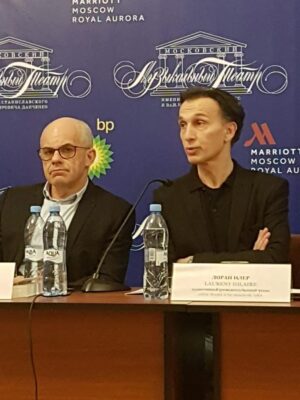 Following their night in honour of Petipa on 23rd April, Moscow’s Stanislavsky Nemirovich-Danchenko Theatre announced their plans for the 2018-19 season. Artistic Director Laurent Hilaire announced the ballet’s plans, which include the following highlights:
Following their night in honour of Petipa on 23rd April, Moscow’s Stanislavsky Nemirovich-Danchenko Theatre announced their plans for the 2018-19 season. Artistic Director Laurent Hilaire announced the ballet’s plans, which include the following highlights:
– the addition of Balanchine’s Concerto Barocco to the repertoire
– Jiri Kilian’s Wings of Wax
– a world premiere by a choreographer named Andrey Kaydanovskiy
– Neumeier’s The Seagull (22 Nov. 2018)
– a mixed bill with works from Johan Inger/Trisha Brown/Anjelin Preljocaj (Walking Mad, O Composite and Les Noces) (20 April 2019)
– a festival in honour of Prokofiev that includes Vinogradov’s Cinderella and Grigorovich’s Stone Flower
– A gala in honour of the theatre’s 100th anniversary on 22 December 2018
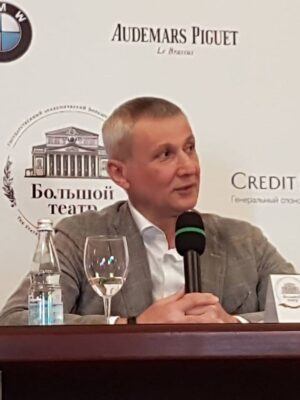 On 3 May, Makhar Vasiev, artistic director of the Bolshoi Ballet, announced plans for the troupe’s 2018-2019 season. They include the following dates and premieres, in addition to the regularly rotating classical repertoire:
On 3 May, Makhar Vasiev, artistic director of the Bolshoi Ballet, announced plans for the troupe’s 2018-2019 season. They include the following dates and premieres, in addition to the regularly rotating classical repertoire:
▪️ 20 November 2018, Artefact Suite by Forsythe and Petrushka by Edward Clug (world premiere).
▪️ 1 February 2019, Gala Concert in honour of Ekaterina Maximova.
▪️ 4 April 2019, Christopher Wheeldon’s “A Winter’s Tale”.
▪️13 June 2019, Maurice Bejart’s “Gaite Parisienne” and Balanchine’s “Symphony in C”.
▪️ 19 July 2019, a world premiere by Slava Samodurov.
There will also be live broadcasts of La Sylphide (11 Nov. 2018), The Nutcracker (Dec 2018), La Bayadere (20 Jan. 2019), and Carmen Suite/Petrushka (19 May 2019).
The company will tour to Milan in September 2018, will spend 3 weeks in London over late July/early August 2019, and will travel to Australia for a large tour in June.
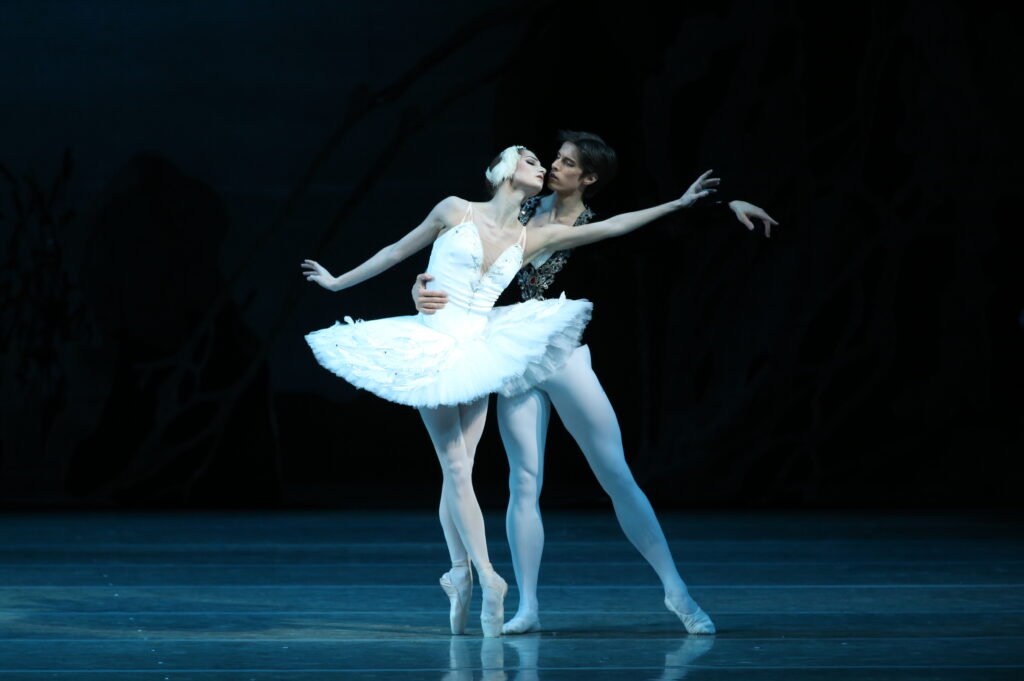 For a viewer exposed regularly to Moscow’s ballet offerings, the flash and speed of Grigorovich’s unique works at the Bolshoi fill a certain niche that accents the largesse of this capital city. But travelling to Russia’s northern capital, the more restrained, aristocratic atmosphere in the formerly Imperial city of Saint Petersburg, has an undeniable attraction that remains unparalleled worldwide. On the eve of the VI Saint Petersburg Cultural Forum, the Mariinsky Theatre was gearing up for distinguished performers (piano virtuoso Denis Matsuev on 16 November) and guests (President Putin at the opening ceremony). But a routine schedule continued to fill the Mariinsky Theatre that week, with Swan Lake running just two nights before the Forum began.
For a viewer exposed regularly to Moscow’s ballet offerings, the flash and speed of Grigorovich’s unique works at the Bolshoi fill a certain niche that accents the largesse of this capital city. But travelling to Russia’s northern capital, the more restrained, aristocratic atmosphere in the formerly Imperial city of Saint Petersburg, has an undeniable attraction that remains unparalleled worldwide. On the eve of the VI Saint Petersburg Cultural Forum, the Mariinsky Theatre was gearing up for distinguished performers (piano virtuoso Denis Matsuev on 16 November) and guests (President Putin at the opening ceremony). But a routine schedule continued to fill the Mariinsky Theatre that week, with Swan Lake running just two nights before the Forum began.
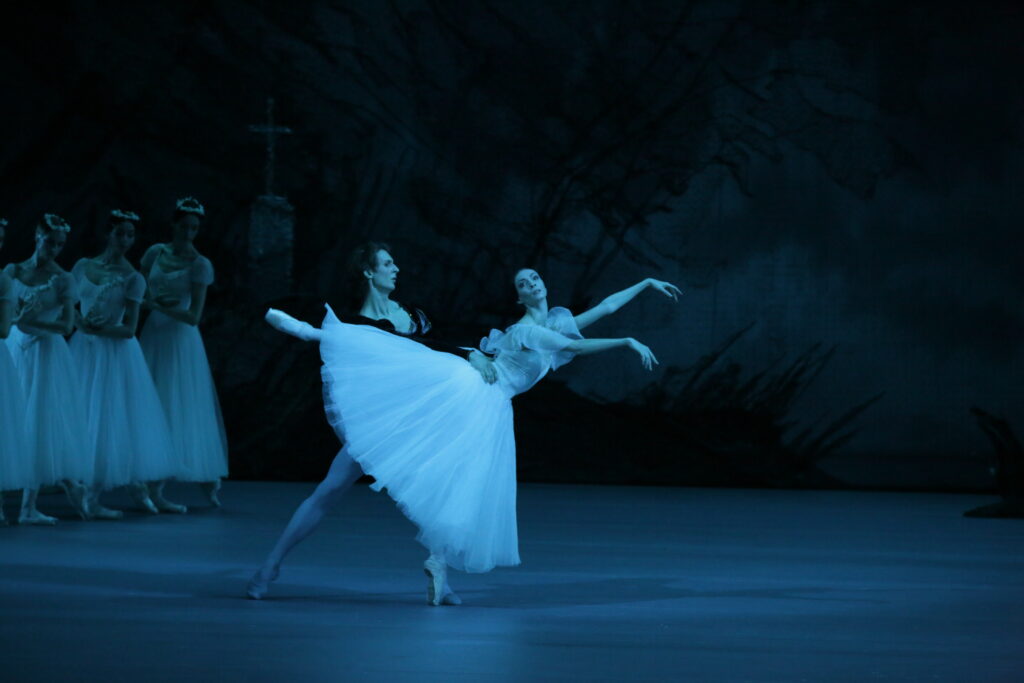 As is the case with almost all classical ballets in the Bolshoi repertoire, Giselle too is presented in the version created by Yuri Grigorovich rather than the more traditional version of the troupe’s northern cousin, the Mariinsky. On 11 November, Olga Smirnova danced the leading role at the Bolshoi for the second time this year alongside the elegant Simeon Chudin, and Alena Kovalyova debuted as Myrtha.
As is the case with almost all classical ballets in the Bolshoi repertoire, Giselle too is presented in the version created by Yuri Grigorovich rather than the more traditional version of the troupe’s northern cousin, the Mariinsky. On 11 November, Olga Smirnova danced the leading role at the Bolshoi for the second time this year alongside the elegant Simeon Chudin, and Alena Kovalyova debuted as Myrtha.
Despite being part of the Grigorovich brand, this version differs from the original in several respects. The primary difference is the orchestration and choreography at several points: the end of the corps section just before the peasant pas de deux in Act I, Myrtha’s arabesque hops (three rather than two each time) and the direction of her steps on stage in Act II.
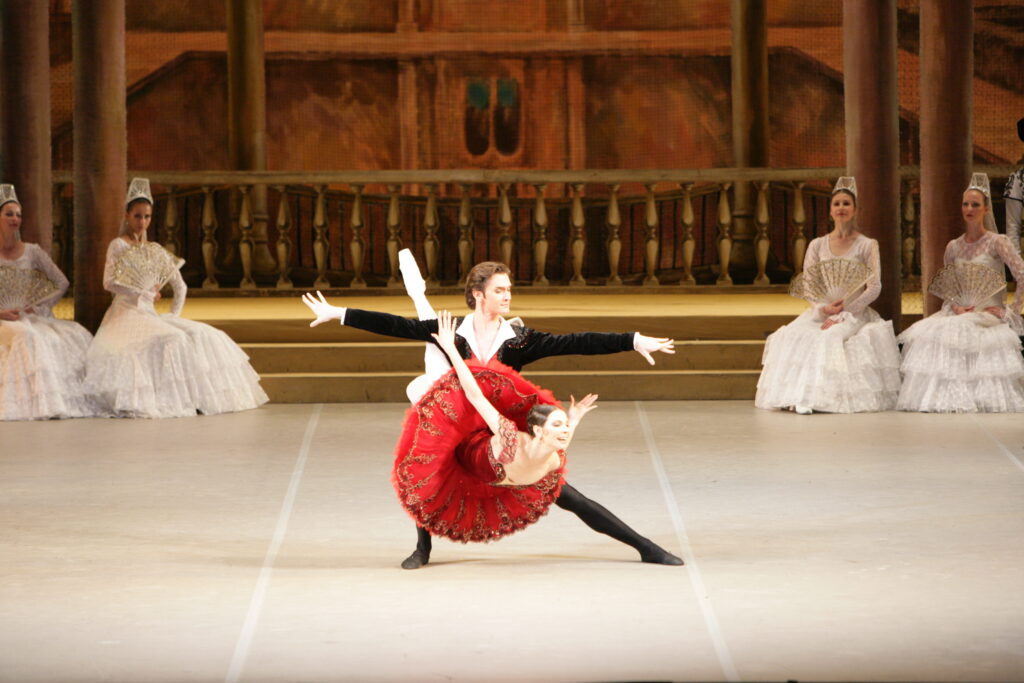 It’s no secret to those in the know that Maria Alexandrova and Vladislav Lantratov (“Masha” and “Vlad” – as they at times affectionately refer to each other) are two lovebirds whose deep connection is visible both onstage and off. VaganovaToday sat down with the power couple to talk about their personal and professional lives, their insights about ballet, and their dreams for the future.
It’s no secret to those in the know that Maria Alexandrova and Vladislav Lantratov (“Masha” and “Vlad” – as they at times affectionately refer to each other) are two lovebirds whose deep connection is visible both onstage and off. VaganovaToday sat down with the power couple to talk about their personal and professional lives, their insights about ballet, and their dreams for the future.
How did each of you get started in ballet?
Vladislav: My parents worked at the Stanislavsky, mom was a leading character dancer, my father was a leading premiere danseur, and my brother attended the Moscow Choreographic Academy and joined the Bolshoi. I did the same. As I recall, there was no discussion if I want to start ballet or not, I loved spending time at home in the courtyard with other boys my age, but later when I started to perform, it drew me in and even now it still does.
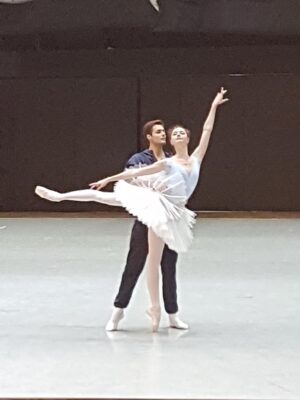 Alyona Kovalyova, Growing Bolshoi Star, Debuts in Swan Lake on 16 September 2017
Alyona Kovalyova, Growing Bolshoi Star, Debuts in Swan Lake on 16 September 2017
Alyona Kovalyova, who graduated from the Vaganova Academy in 2016, is now beginning her second season at the Bolshoi. With already several premieres under her belt, this Saturday, 16 September, she will debut as Odette-Odile in Yuri Grigorovich’s version of Swan Lake on the Bolshoi main stage.
We wish Ms. Kovalyova every success in her upcoming debut, and will report back on the results!
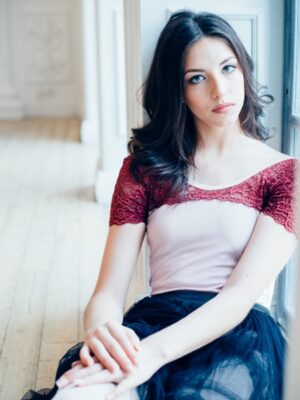 What is your background?
What is your background?
I was born in Detroit, Michigan. My mom was born in Latvia, but moved to Moscow at age 10. She was an opera singer but always loved ballet and wanted to be a ballerina but it didn’t work out. Her mother also was a singer and also loved ballet …but it also didn’t work out. My dad is the American side, he’s more into politics.
It was my mom’s idea to start me in ballet because when I was young she saw that I had some physique, talent and potential. When I was 4 years old, she took me once per week to ballet class. By age 6 I attended a studio with a Russian ballet teacher and studied with her from age 6 to age 12.
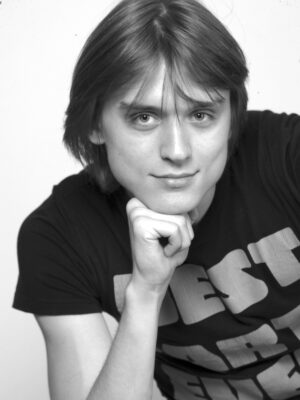 You trained at the Gjel school of ballet, but how did you start dancing?
You trained at the Gjel school of ballet, but how did you start dancing?
It was absolutely my mother’s desire, because I don’t know a young man who would want to start dancing on his own. There is one such man, Nikolai Tsiskaridze, he is the only who wanted to start ballet on his own. But all the rest of my friends were sent to start ballet by their parents. For me at the very start the profession I didn’t really like it or enjoy studying, but at one point it started to draw me in and I began to look at it in another way.
I had several pedagogues there at Gjel, first a female because it’s usually done that way, the main fundamentals are taught by females and then there is a transition to men’s work where a male teacher must understand the details of technique and how to do a specific movement correctly. Then my last two teachers were men. I graduated under Alexei Alexandrovich Evdokim, who had been a soloist at the Bolshoi.
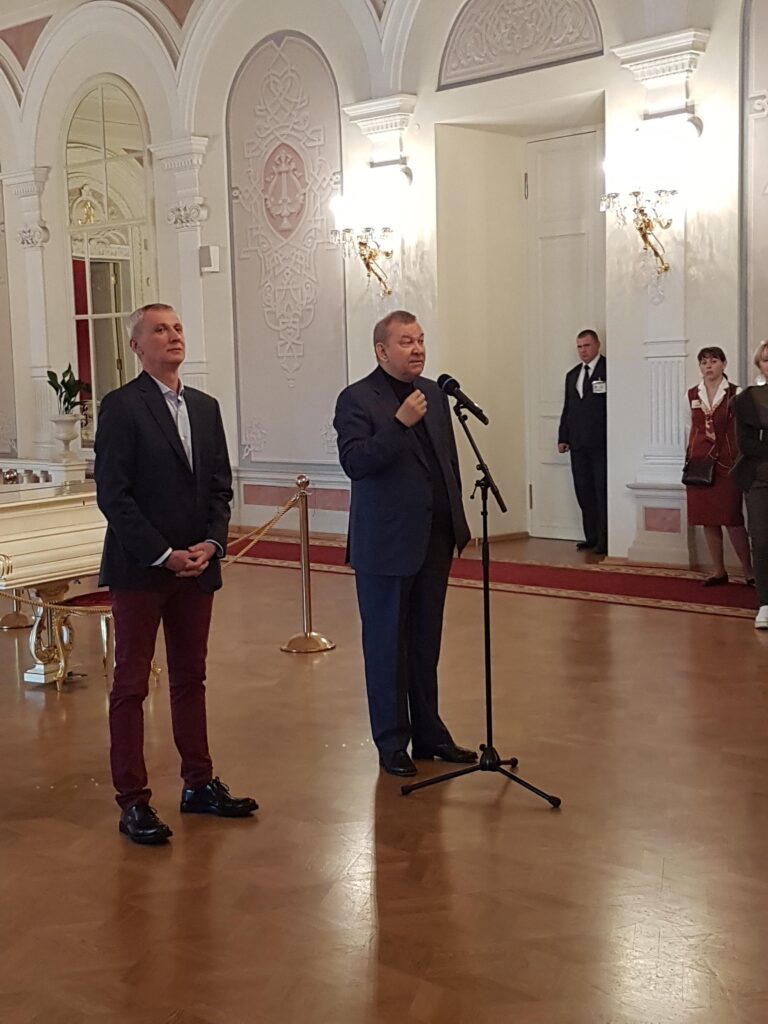 The Bolshoi Theatre held a press briefing today in order to clarify the postponement of the much-awaited premiere of Nureyev, a ballet choreographed by Yuri Possokhov with a libretto by Kirill Serebrennikov, and originally slated to premiere tomorrow, 11 July.
The Bolshoi Theatre held a press briefing today in order to clarify the postponement of the much-awaited premiere of Nureyev, a ballet choreographed by Yuri Possokhov with a libretto by Kirill Serebrennikov, and originally slated to premiere tomorrow, 11 July.
Vladimir Urin, General Director of the Theatre, spoke uninterrupted for approximately 20 minutes, explaining that the production had not been cancelled or removed but delayed until May 2018 due to its large-scale requirements. The production includes elements of spoken text (both English and Russian), a chorus, numerous set changes, as well as dance.
Urin underscored that none of the original choreography or components of the libretto would be changed between now and May, and that the production simply required more time to perfect and polish. Those who purchased tickets from the Bolshoi box office will be given full refunds.
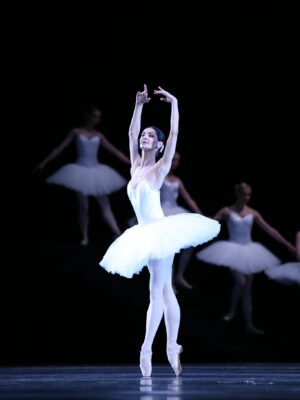 “Tonight, your efforts allowed me to forget I’m an artistic director and simply enjoy the dance,” such were the comments from Laurent Hilaire during the reception following the Stanislavsky Ballet’s long-awaited triple bill that premiered on 7 July 2017. Hilaire’s words underscored the troupe’s high level of artistic achievement during the challenging evening that included works by Serge Lifar, Jiri Kylian and William Forsythe, the first and last of which premiered for the first time in Russia.
“Tonight, your efforts allowed me to forget I’m an artistic director and simply enjoy the dance,” such were the comments from Laurent Hilaire during the reception following the Stanislavsky Ballet’s long-awaited triple bill that premiered on 7 July 2017. Hilaire’s words underscored the troupe’s high level of artistic achievement during the challenging evening that included works by Serge Lifar, Jiri Kylian and William Forsythe, the first and last of which premiered for the first time in Russia.
Hilaire, brought to the company at the start of this calendar year, has already made sweeping changes in the troupe by importing new choreographers and adding a significant number of works to the repertoire. Maintaining strict adherence to the dancers’ rights to days off (a policy blatantly ignored at the Mariinsky for decades), his respect for the art form, and in-depth, creative, yet humble approach is pushing the Stanislavsky forward to compete against its neighbour the Bolshoi. In fact, the morning after this premiere, the long-awaited Bolshoi production by Yuri Possokhov, Nureyev, was put on hold indefinitely, it’s premiere previously slated for 11 July now cancelled until an undetermined date. Perhaps simple coincidence in timing, but a juxtaposition that nonetheless highlights the growing strengths of this “smaller” Russian troupe now under Hilaire’s direction.
Evgenia Obratsova, the darling of the ballet world and idolised by many, is not just a film actress but an accomplished ballerina and mother of two. From her experiences inside the halls of the Vaganova Academy, through her years at the Mariinsky, and now, her status as a prima ballerina at the Bolshoi, Obratsova discusses her life, career transitions, and dreams with VaganovaToday.
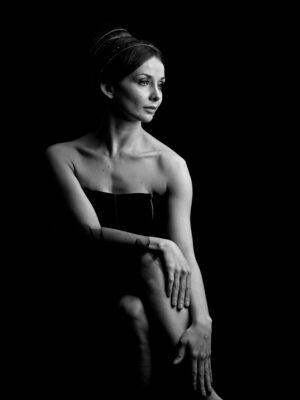 You were born in Saint Petersburg, and your parents were involved in ballet. How did you become involved in it?
You were born in Saint Petersburg, and your parents were involved in ballet. How did you become involved in it?
My parents both danced at the Maly-Mussorgsky Ballet Theatre (now the Mikhailovsky) in Saint Petersburg. My mother graduated from the Vaganova Academy in the class of perfection under Natalia Dudinskaya and my father graduated under Anatoly Nisnevich. They decided I should start ballet and sent me to the Vaganova Academy and I was accepted, so at first it was their initiative.
When did your own desire to dance appear?
During my second year at the Academy the desire to dance arose, I set some goals for myself and decided to forge ahead.
My first grades had not been great because I didn’t have the desire to be there, but after I understood what my profession involved and what it was all for, then I had my first successes and accomplishments, further progressed and became a hard worker.
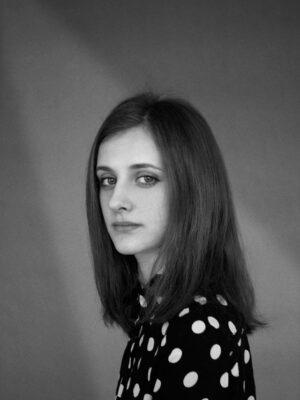 How did you get involved in dance?
How did you get involved in dance?
I began at age 5 with artistic gymnastics, and at age 6 I began to study ballet in children’s groups. I was accepted at the attended Riga Choreographic School at age 11 immediately after auditioning. In fact, I was a year too young, and they wanted me to attend a year later but i’m lucky they took me in right away. My pedagogue throughout the 8 years of schooling was Rita Harlapa- Markova, I graduated under her. I was very lucky in that respect, because usually pedagogues change for the students throughout their studies, but she didn’t give me away to anyone….she fought for me.
What was the atmosphere like at the school?
It was interesting at the school because you go from a childhood period to a more adult one very quickly, and at age 12 you have classes from Monday through Saturday usually until 8 p.m. We couldn’t wear nail polish or makeup, we had a uniform of specific leotards so that everyone looked the same, and we worked very hard. It was difficult. Our pedagogue was strict we had good-natured competition in our class, but that atmosphere actually united us together.
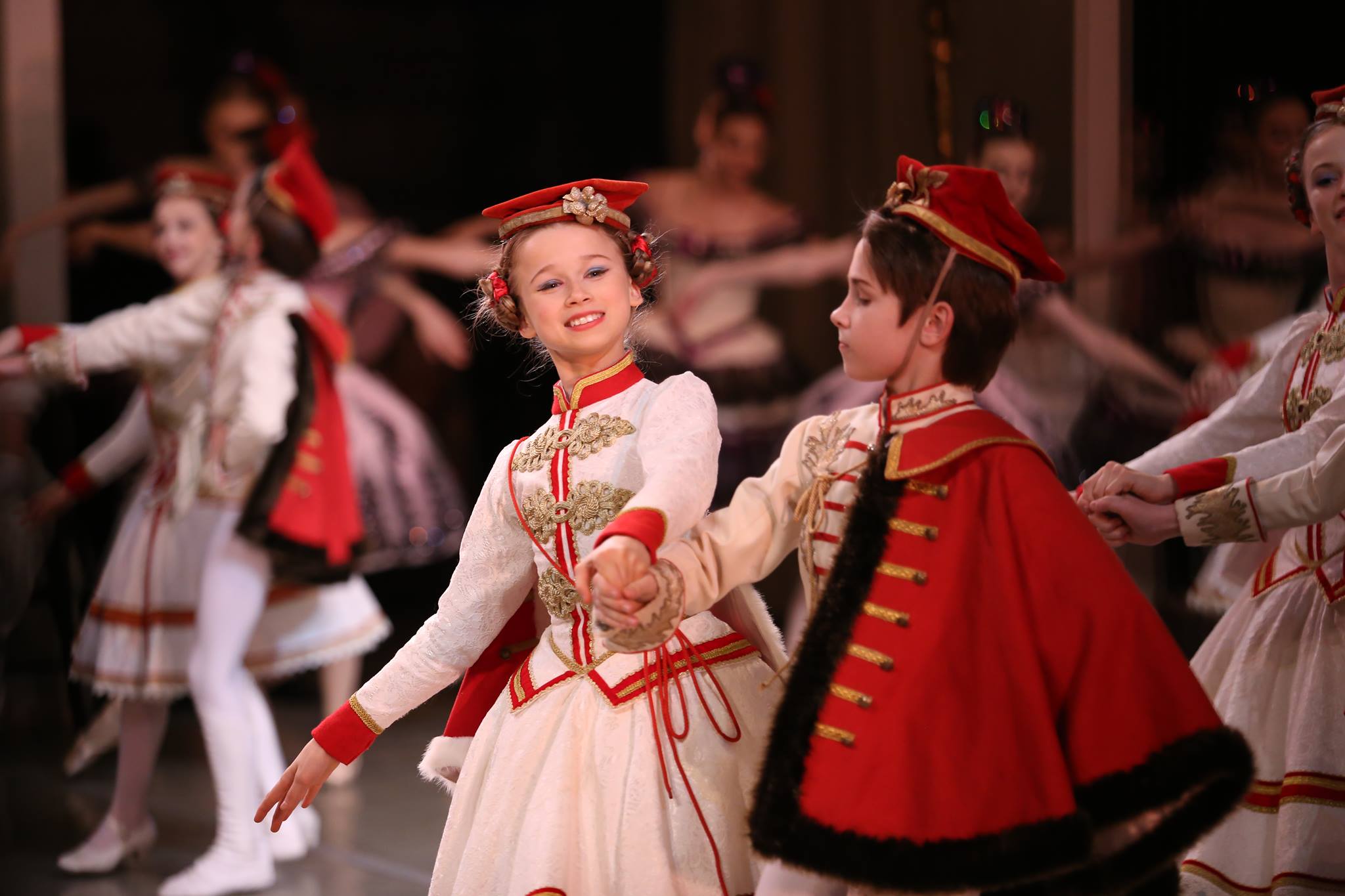 The 275th Vaganova Academy Graduating class delivered its only performance at the Kremlin Theatre on 21 June after first displaying its talents in Saint Petersburg on the Mariinsky stage. Despite the fact that the performance presents, for all intents and purposes, students who are on the literal verge of becoming professionals, Muscovites nonetheless managed to pack the huge Kremlin hall to the brim in order to get a glimpse of what Russia’s newest generation of graduates have to offer.
The 275th Vaganova Academy Graduating class delivered its only performance at the Kremlin Theatre on 21 June after first displaying its talents in Saint Petersburg on the Mariinsky stage. Despite the fact that the performance presents, for all intents and purposes, students who are on the literal verge of becoming professionals, Muscovites nonetheless managed to pack the huge Kremlin hall to the brim in order to get a glimpse of what Russia’s newest generation of graduates have to offer.
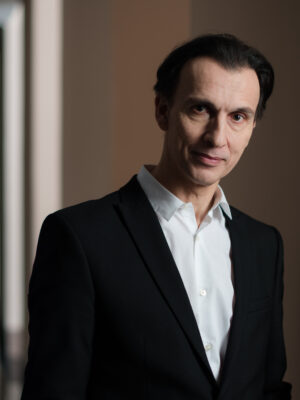 Laurent Hilaire, former étoile with the Paris Opera, and since 1st January this year, the artistic director at the Stanislavsky Ballet in Moscow, has spent a lifetime with leading figures in the world of ballet. Promoted to étoile under Nureyev, and having worked alongside Brigitte Lefevre in the Paris Opera Ballet administration, his experience spans both stage time and management roles. Hilaire’s elegant manner recalls a French nobleman of a bygone era: tall and graceful, he emits a quiet yet magnetic energy that is uniquely endearing. We sat down to discuss his career and his new role in one of Russia’s leading ballet theatres.
Laurent Hilaire, former étoile with the Paris Opera, and since 1st January this year, the artistic director at the Stanislavsky Ballet in Moscow, has spent a lifetime with leading figures in the world of ballet. Promoted to étoile under Nureyev, and having worked alongside Brigitte Lefevre in the Paris Opera Ballet administration, his experience spans both stage time and management roles. Hilaire’s elegant manner recalls a French nobleman of a bygone era: tall and graceful, he emits a quiet yet magnetic energy that is uniquely endearing. We sat down to discuss his career and his new role in one of Russia’s leading ballet theatres.